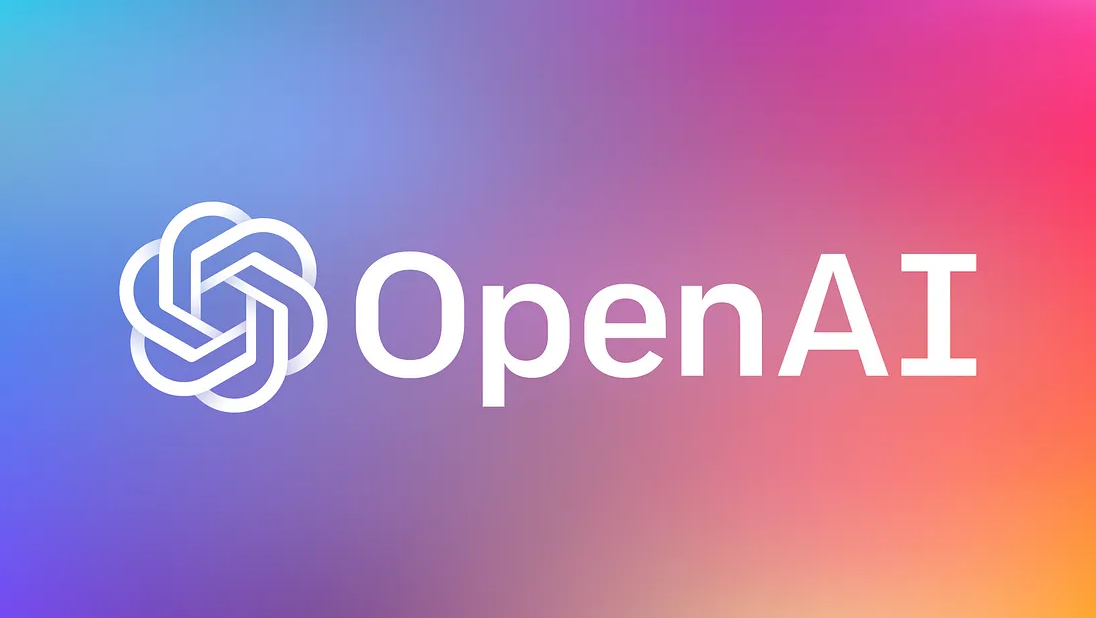
A comprehensive analysis of OpenAI’s GPT-4 model—its state-of-the-art language understanding, pricing tiers, API integration, and real-world applications.
Content Outline:
Introduction to GPT-4
Brief history: from GPT-3 to GPT-4
Major improvements over previous versions (e.g., better context handling, larger token window)
Key Features & Capabilities
Advanced language comprehension (few-shot learning, better code generation)
Multimodal inputs (text + image)
Latency and throughput benchmarks
Pricing & Plans
Free (“sandbox”) vs. paid tiers (per-token pricing, fine-tuning costs)
Volume discounts and enterprise “ChatGPT Enterprise” plan
Cost-optimization tips (rate limiting, caching, batch requests)
API Integration
Step-by-step: obtaining API keys, authentication
Code snippet (Node.js) to call GPT-4 for text completion
Error handling and best practices
Top Real-World Use Cases
Customer-support chatbots (24/7 automation)
Content generation (blog posts, product descriptions)
Code assistance (auto-completing functions, debugging)
Research & summarization (academic papers, legal documents)
Pros & Cons
Pros: Industry-leading accuracy, robust documentation, large developer community
Cons: Cost can be prohibitive at scale; concerns around hallucinations
Conclusion & Verdict
Who should use GPT-4? (startups vs. enterprises)
Future roadmap: GPT-5 hints and timeline
Links to OpenAI documentation and “GPT-4 Playground”

